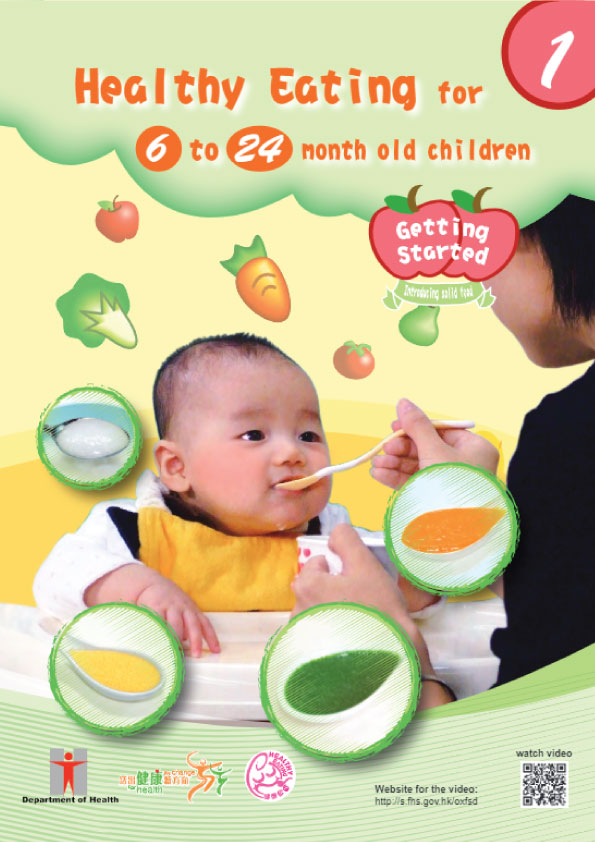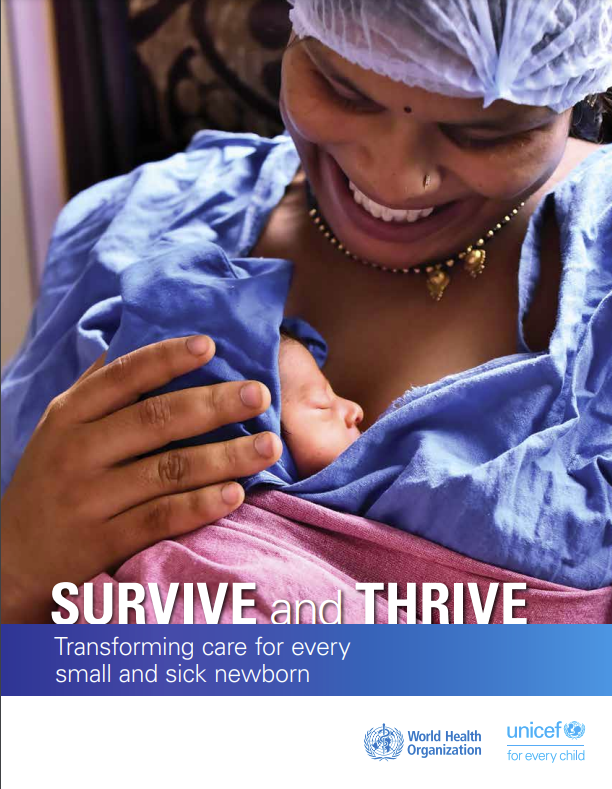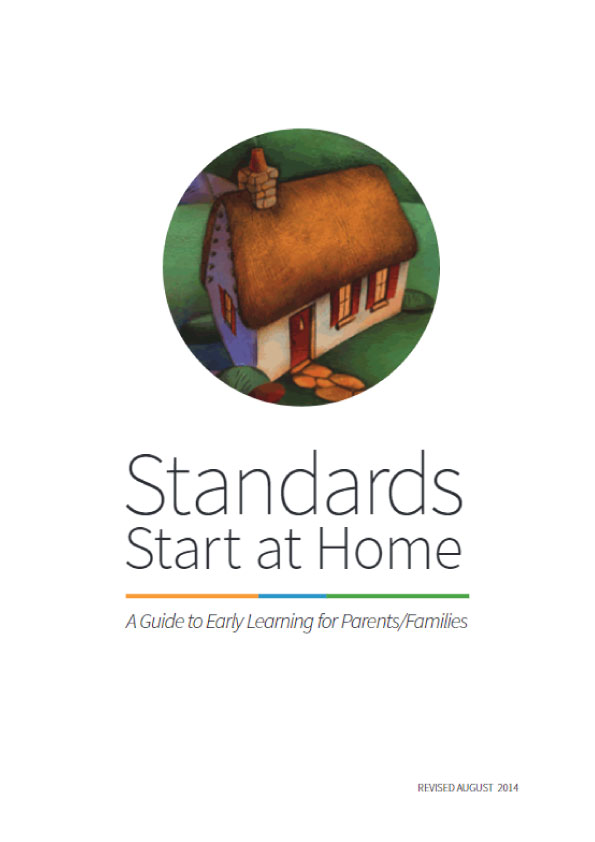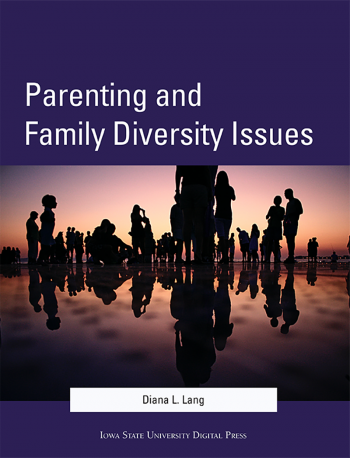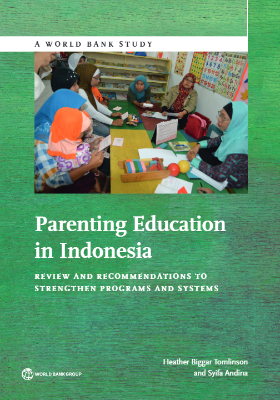Introduce solid foods at around 6 months old
To satisfy babies’ nutritional requirements
- After 6 months old, babies have a higher demand for iron; breastmilk alone cannot satisfy their nutritional needs;
- Apart from breastmilk or infant formula, babies need a variety of foods to provide various nutrients to support their growth and development.
To keep pace with babies’ maturation and development
- Eating solid foods helps babies develop chewing;
- Giving babies a wide range of foods, food textures and tastes helps them accept family foods more easily;
- Babies are less likely to become picky eaters if they experience a variety of foods early.
To protect your baby from developing allergy, DO NOT feed him any solid foods before 4 months of age.
What will happen when the introduction of solid food is delayed?
Risk of nutritional problems
Babies may not get adequate nutrients, e.g. iron and zinc, for growth, development and health.
Problems with eating habits
They may not accept a wide range of foods in the future and may thus become picky eaters. Some may refuse food with coarse textures.
Babies develop eating skills
Babies still rely on breastmilk or formula milk as solid foods are first introduced. They gradually drink less milk while adapting to eat various nutritious foods. At around 2 years old, most children dine with the family and eat family meals.
How babies change in the way they eat
- Sucking breastmilk or formula milk
- Eating from a spoon and finger feeding themselves
- Learning to use a cup
- Feeding themselves with a spoon and eating with the family
How babies accept new food textures
- Smooth puree
- Thicker, lumpier food
- Soft, minced or chopped food
- Food cut into small pieces
Set a good example for babies
Babies tend to copy parents’ eating behaviours and food choices. To help your baby form good eating habits, you should:
- Consume a balanced diet and limit snacks of high sugar, fat and salt. Exercise regularly and maintain a healthy lifestyle;
- Let your baby try foods that you like as well as foods that you dislike;
- Avoid making negative comments about foods.
Develop new skills
Babies are not only taking nutrients from foods but also learning new skills
- Learning to chew
- Develops babies’ abilities of chewing and swallowing.
- Learning to accept different tastes
- Trying new foods allows babies to learn about the tastes of different foods;
- Fosters babies’ interest in foods
- Developing the skill of feeding themselves
- Babies learn to eat with spoon and drink from cup;
- Babies learn to feed themselves.
- Eating as a family
- Babies learn to eat properly at table;
- Babies learn to eat socially.
- Developing relationships with family members
- Good interaction during feeding enhances parent-child relationships;
- Eating together allows you and your baby to enjoy a happy family time.
How do you know that your baby is ready for eating solid foods?
(Watch related video: http://s.fhs.gov.hk/d1m2u)
Your baby can try solid foods if he has the following signs:
Movements
- Sitting well against the back of the chair;
- Holding his head up;
- Reaching out his hands to grasp objects.
Eating behaviours
- Showing interest in food;
- Opening his mouth for a spoon;
- Closing his lips over the spoon;
- Able to swallow food.
The age when babies first show these signs highly varies, but most babies have these behaviours at about 6 months old.
Premature babies can start eating solid foods when they are 6 months of age counting from the expected date of delivery and have these signs.
Discuss with your doctor or nurse if your baby does not show these signs when he is 7 months of age.
Key points when starting to feed babies solid food
- Babies still rely on milk feeding. Do not replace milk feedings at this stage;
- Offer babies puree food 30 minutes before the usual feeding time;
- To begin, give babies 1 – 2 teaspoonful puree at a time. Gradually increase the amount if babies eat well;
- Choose foods that are iron-rich and can be made into smooth puree;
- After trying smooth and runny food, babies can move on to try thicker food textures.
What are the suitable food choices for babies to start?
(Watch related video: http://s.fhs.gov.hk/5zj3e)
The first foods to start should be rich in iron and the texture should be smooth for babies to swallow. Choose foods that are soft and can be made into smooth puree.
Grains: Infant cereal (rice, wheat, oat etc.), strained congee
Vegetables that can be easily pureed: Pumpkin, Chinese spinach, spinach, sweet potato
Ripe and soft fruit: Banana, pear, peach, apple, papaya
Meat, fish or eggs: Meat, egg yolk, fish, pork or chicken liver
- As long as the foods are iron rich, there is no particular order that foods should be introduced;
- You may offer iron-fortified infant cereal for 3 to 4 days and then add meat, vegetables or fruit puree. You can feed him the puree directly or mix them with infant cereal when serving;
- Give vegetables for babies to try early so that they will accept other vegetables and fruits more easily.
Iron rich first foods
- Offer your baby foods rich in iron, such as egg, dark green leafy vegetables, livers, tofu, lentils, fish and meat. These foods can be pureed easily;
- Take spoonful of these foods, such as egg yolk. Make into a puree or a paste with milk;
- Or mix these foods with congee, infant cereal etc;
- Please refer to the “7-day Healthy Meal Planning Guide for 6 to 24 month old children”.
How to prepare baby food
Tools
Use a fine grater, strainer or sieve, or a blender to prepare puree for your baby:
Baby food DIY
| Suitable Foods | Cooking methods |
|---|---|
| Rice congee, Beans, Pork liver, Vegetable leaves |
Cooked and chopped finely. Grind the chopped pieces through a strainer with a spoon/rod |
| Vegetables like winter melon, carrot | Cook until soft. Ground into puree using a fine grater or press through a strainer |
| Fruit | Scrape into puree using a spoon. For a finer texture, press it through a strainer |
| Egg yolk (Hard boiled eggs) | Mash cooked egg yolk with a fork. Add warm water to create a smooth texture. |
How to make infant cereal
(Watch related video: http://s.fhs.gov.hk/z9yiz)
- Put infant cereal powder into bowl.
- Mix well with warm water, breastmilk or formula milk, according to instructions on the package, to make a smooth puree.
- Adjust the amount of water or milk to get a suitable texture.
Useful tips: Adjust the thickness of puree by adding water or milk.
For details, please refer the “ 7-day Healthy Meal Planning Guide for 6 to 24 month old children”.
FAQs about first foods
- How does infant cereal compare to rice congee?
- Iron-fortified infant cereal contains more iron than rice congee (read the nutrition label on the package to check if iron is added);
- Infant cereal is a convenient choice for some parents when babies first try solid food;
- When babies get used to eating puree and demand more, parents can offer them congee with iron rich foods from the family food basket;
- The iron provided by egg yolk, liver, green leafy vegetables, tofu, fish and meat can be absorbed easily. Changing tastes and textures of congee also help them adapt eating different foods and helps them chew.
- Are green leafy vegetables suitable for babies?
- Green leafy vegetables are rich in beta-carotene, iron, calcium and fibre, providing nutrients for babies’ growth;
- Green leafy vegetables are not as sweet as pumpkins or carrots, but most babies accept them well.
- Should mothers continue breastfeeding when solid food is introduced?
- Mothers should continue breastfeeding. Breastmilk continues providing babies nutrients and protection against infection. Breastfeeding alongside with introducing solid foods also reduces babies’ risk in developing food allergy and autoimmune diseases like type 1 diabetes mellitus.
- Do babies have to change to “No. 2” formula after 6 months?
- It is not necessary. Babies can continue with the “No. 1” infant formula they use to, or change to have “No. 2” formula if parents choose to;
- Babies can obtain sufficient nutrients from breastmilk or infant formula in addition to a diet including a variety of nutritious foods.
